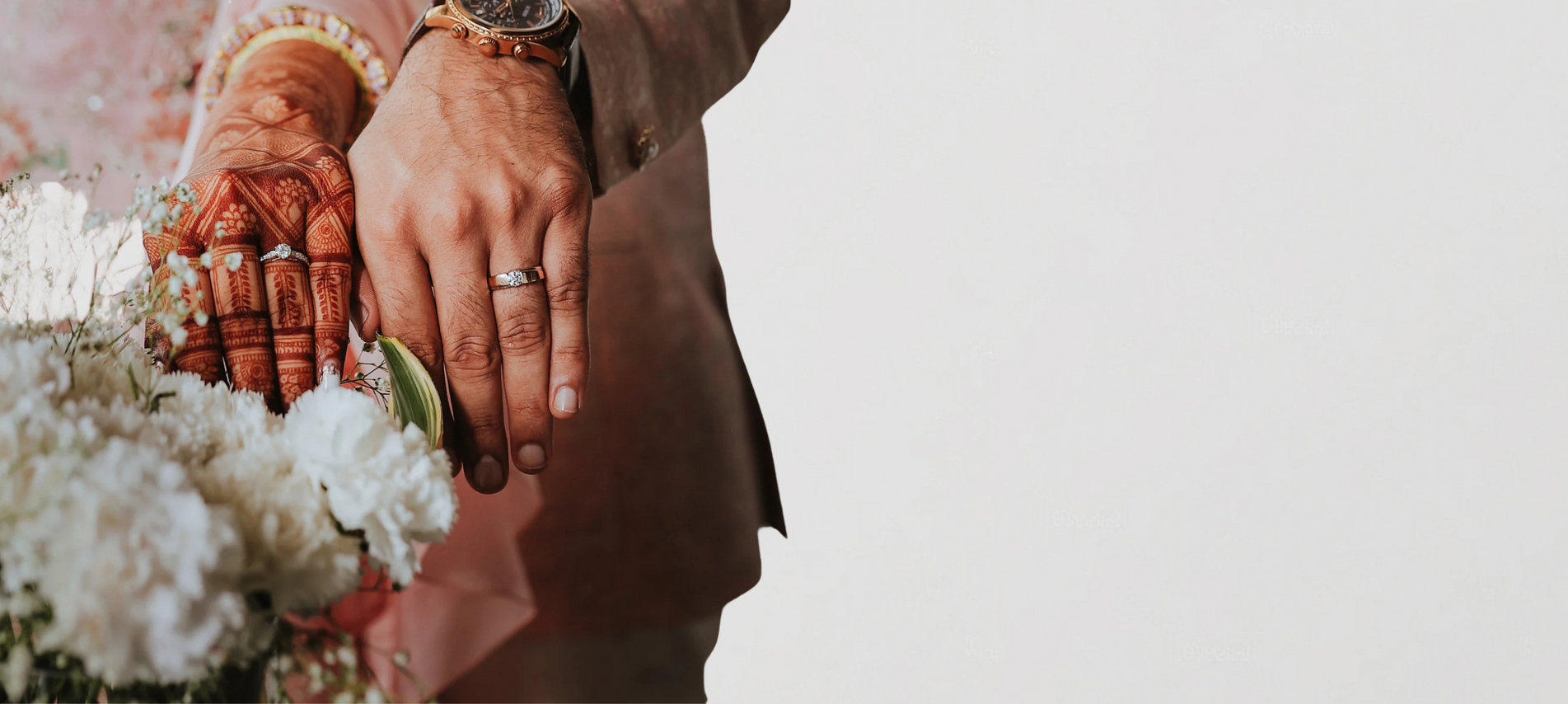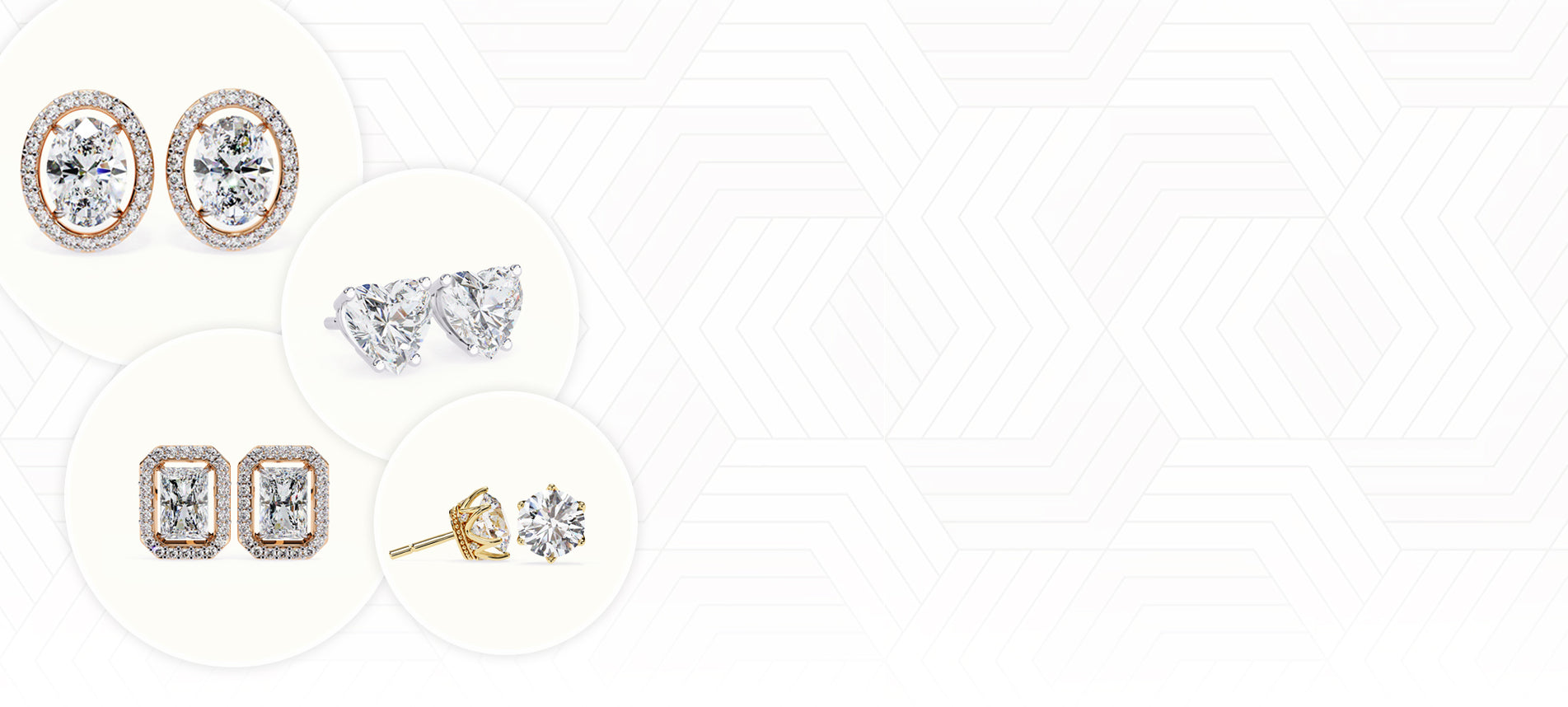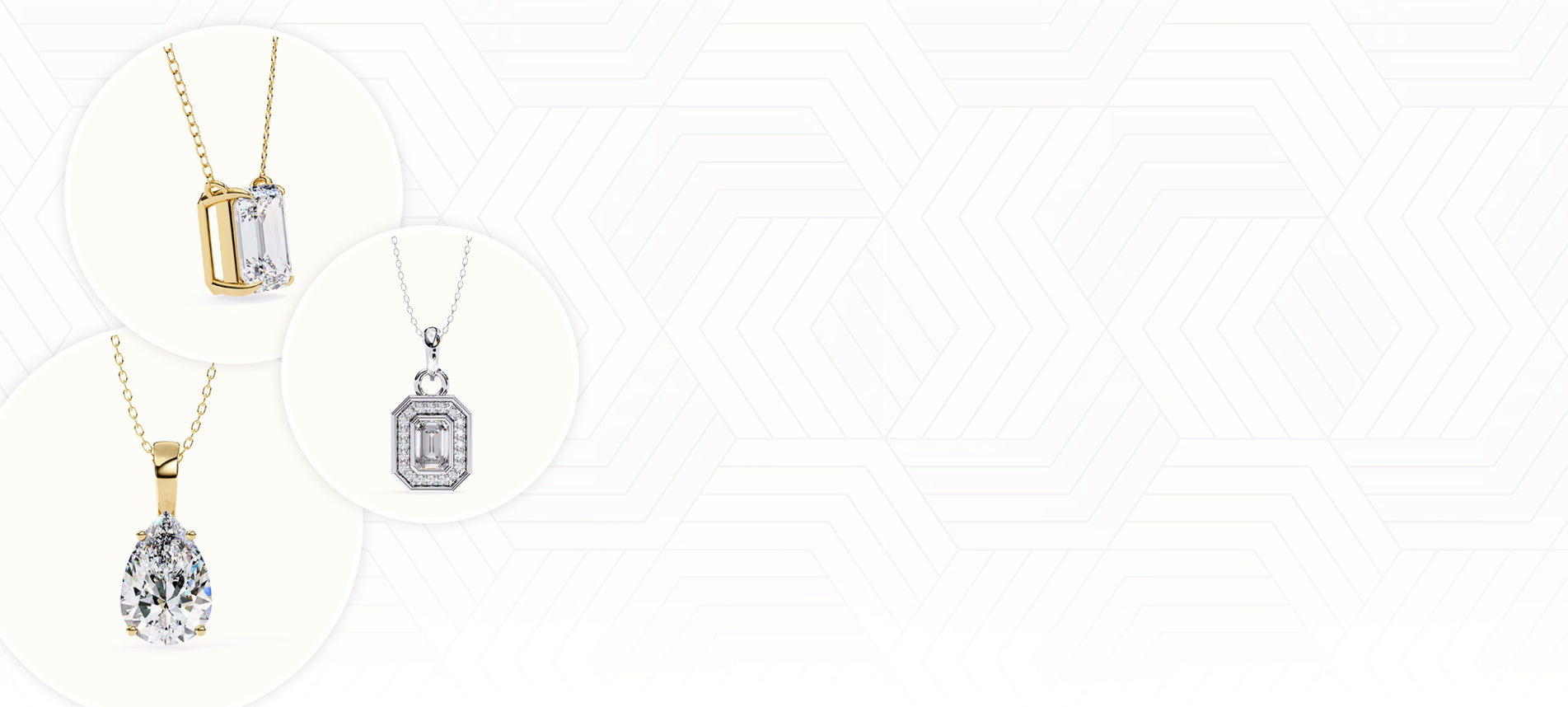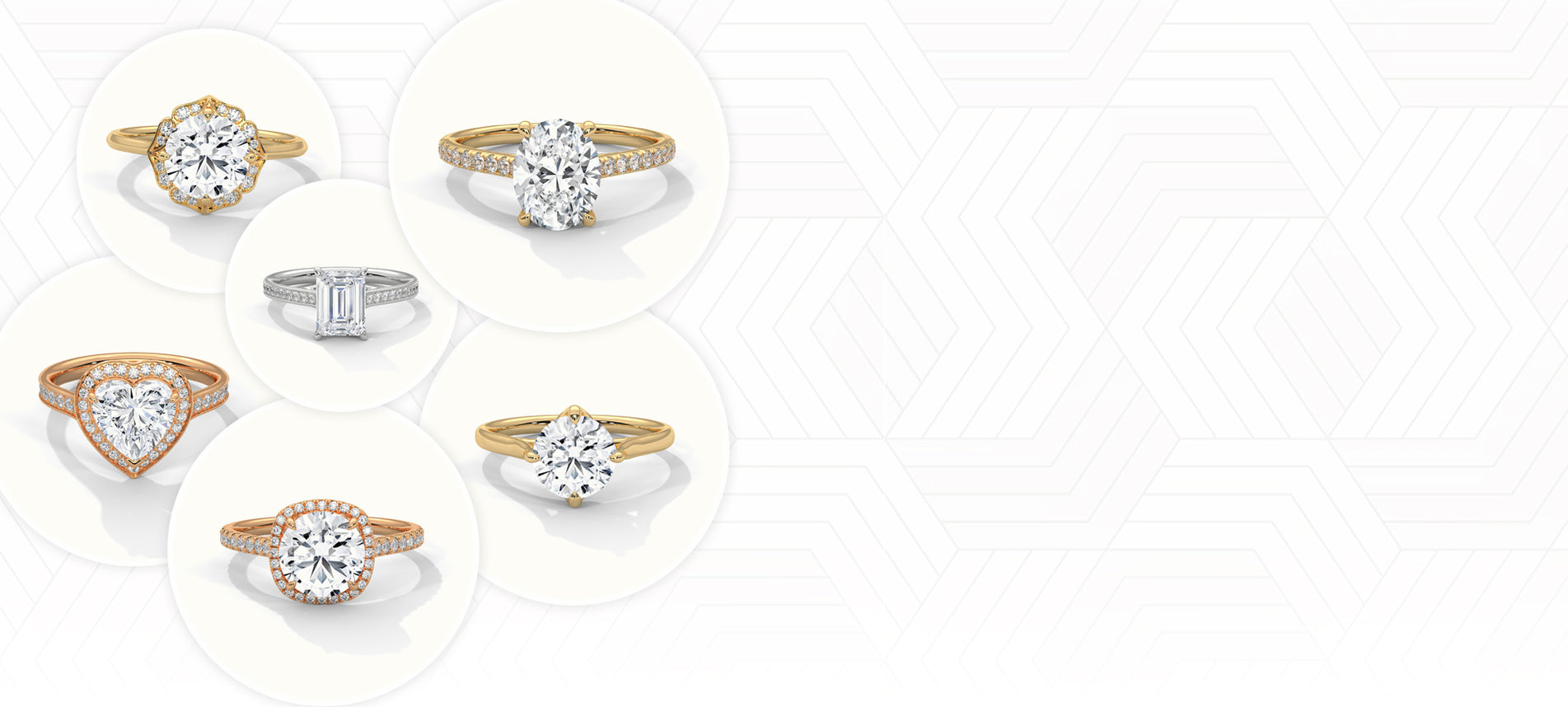Trending Products
Shop By Category
Collection Loved By Our Clients
FAQ's
What are lab-grown diamonds?
Lab-grown diamonds are real diamonds that are created in a controlled laboratory environment. They have the same physical, chemical, and optical properties as natural diamonds but are produced using advanced technological processes.
Are lab-grown diamonds real diamonds?
Yes, lab-grown diamonds are real diamonds. They have the same crystal structure and physical properties as natural diamonds, and they are graded by the same standards.
Do lab-grown diamonds come with certifications?
Yes, our lab-grown diamonds come with certifications from reputable gemological laboratories such as the indian diamond institute (IDI) or the International Gemological Institute (IGI). These certifications verify the quality and authenticity of the diamonds.
What is your return policy?
We offer a 15 day return policy for all our jewelry. If you are not completely satisfied with your purchase, you can return it for a full refund or exchange, provided it is in its original condition and accompanied by the original receipt and certification.
Do you offer custom design services?
Yes, We offer custom design services to create unique, bespoke pieces tailored to your specifications. You can directly click on the "Customise" from the menu bar and fill up the details with the image. Our team will contact you and provide you the proper Estimates.
How can I contact customer service?
We have a different support team for customer service and you can directly contact them through the call or through emails.











































































